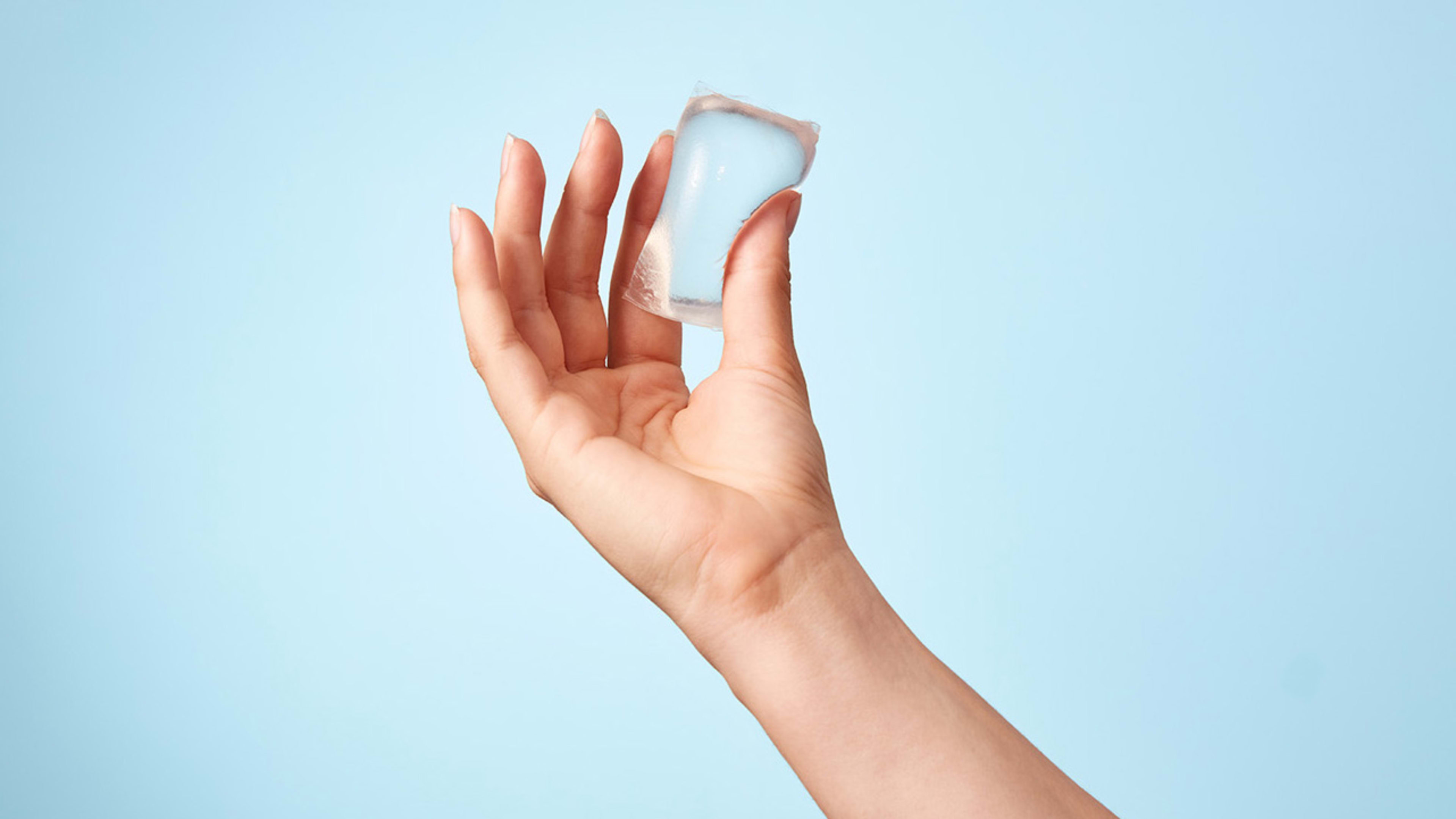Runners in a half-marathon in London on March 1 might be a little confused at the water stations, where instead of getting water in a plastic cup or bottle, they’ll be handed an edible water-filled pod. The package, which is also compostable, is made from seaweed and plant extracts. You simply bite the corner off and drink.
“What we want to do is have a bulletproof solution—regardless of where it ends up, our packaging will not create negative consequences,” says Pierre-Yves Paslier, cofounder of Notpla, the startup that makes the packaging. “If nature can deal with it if it ends up in the wrong place, that’s the ultimate kind of protection.”
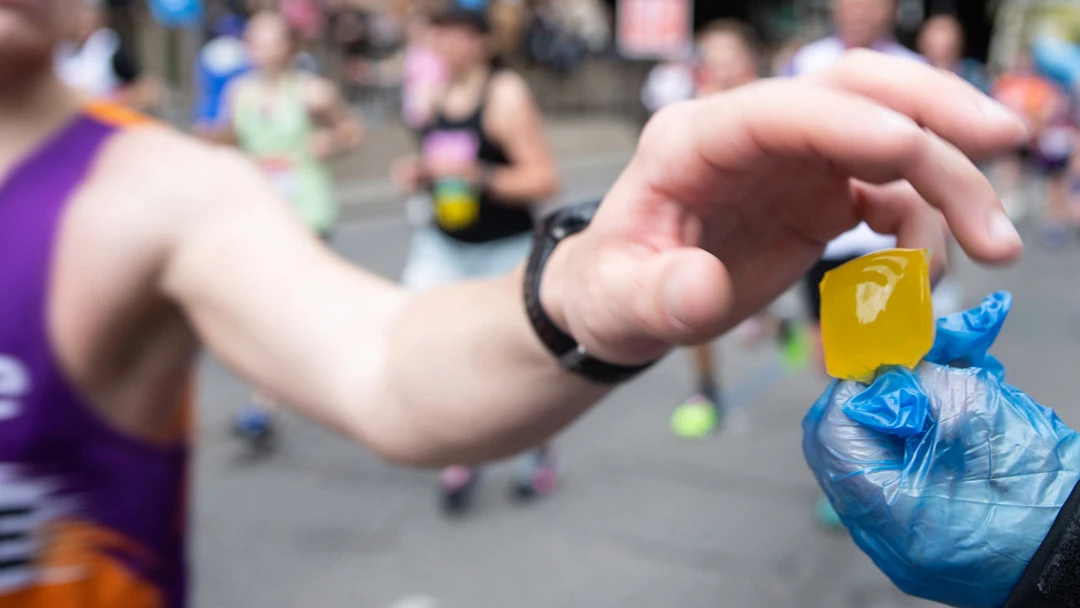
Paslier, a former packaging engineer at L’Oréal, began working on the concept along with designer Rodrigo Garcia Gonzalez in 2013 while they were studying innovation design engineering at Imperial College London and the Royal College of Art. Seven years later, it’s no longer a student project but a viable business. After raising more than $1 million in a crowdfunding campaign last year, the company has just raised its first VC-backed “seed plus” round of more than $5 million.
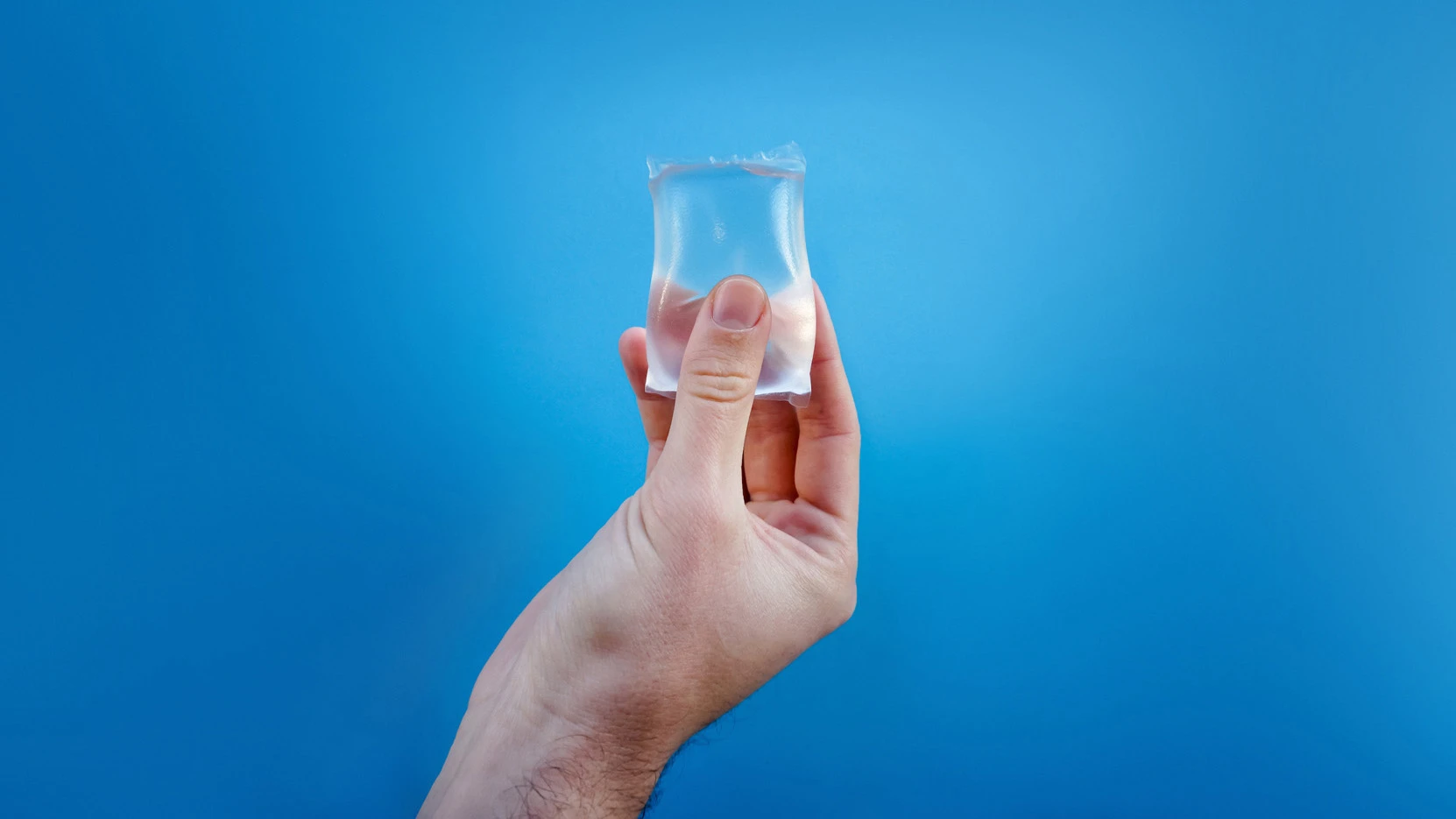
Larger sachets, used for water in races or at other large events, can be bitten at the corner to drink. “It’s a bit like a lot of soft gels that are you also use in races,” says Paslier. “Squish it in your mouth, and then you can just discard the leftover packaging.” When the London Marathon started using the product last year at some water stations, around 30-40% of runners ate the packaging; the rest threw it away.
If it ends up on the ground, it can either be cleaned up “like leaves,” he says, or it will also quickly biodegrade. That’s very different from most compostable plastic, which needs to be in an industrial composting facility to break down. The company’s name, Notpla, stands for “not plastic” but is also a dig at PLA, a corn-based plastic that acts like regular plastic if it ends up in the ocean; algae also uses far fewer resources to produce than corn or some other materials used in plant-based plastic.
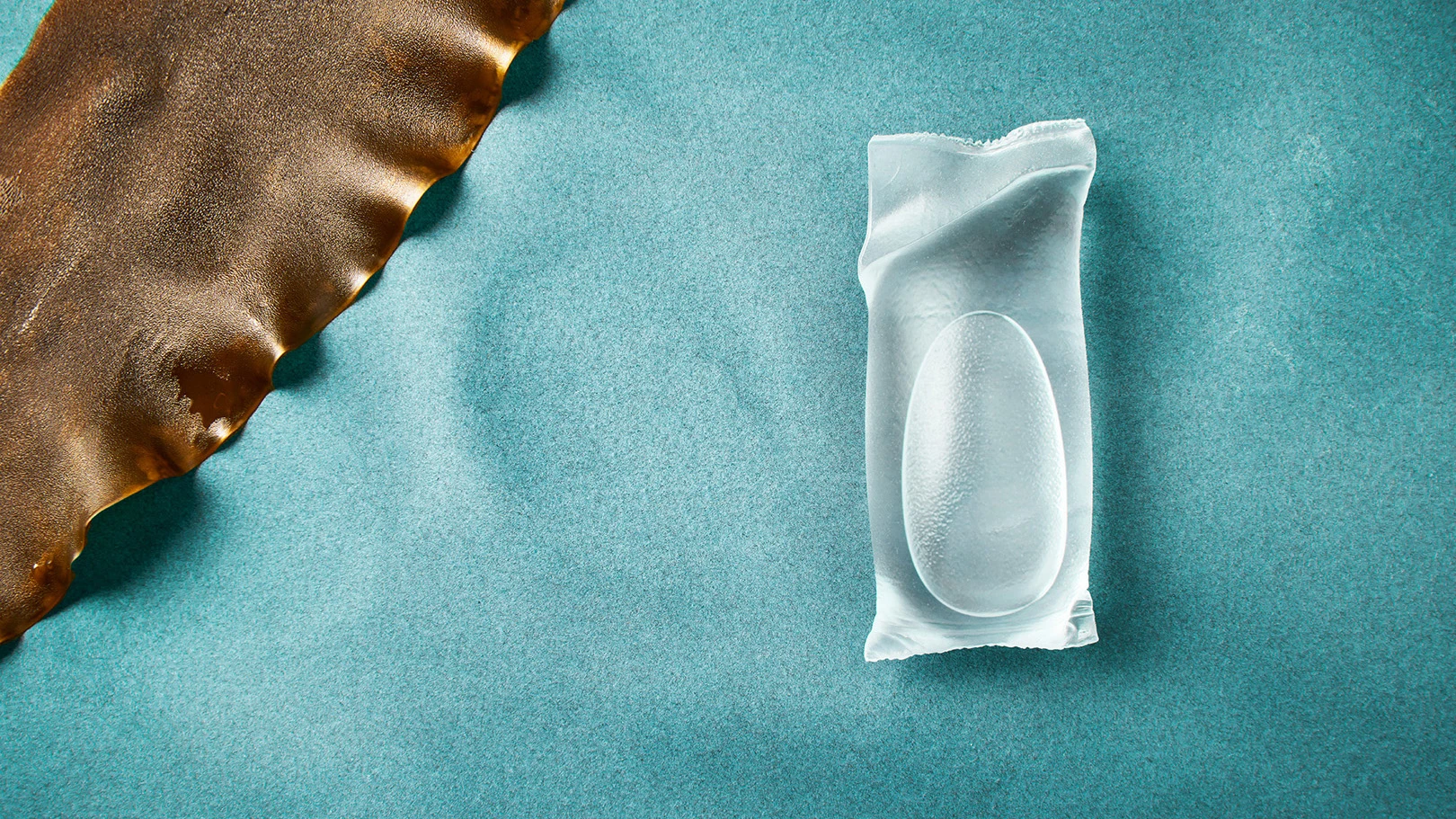
For the bulk of the plastic water bottles in the world—more than one million of which are sold every minute—other solutions will be necessary. “We think that it’s going to work in conjunction with people using more reusable bottles and having return schemes, and a lot of other things that all combined will provide a waste-free society, but it definitely isn’t going to replace plastic everywhere,” he says. But for certain applications, like a race where gloved volunteers hand the pods directly to runners, it works perfectly.
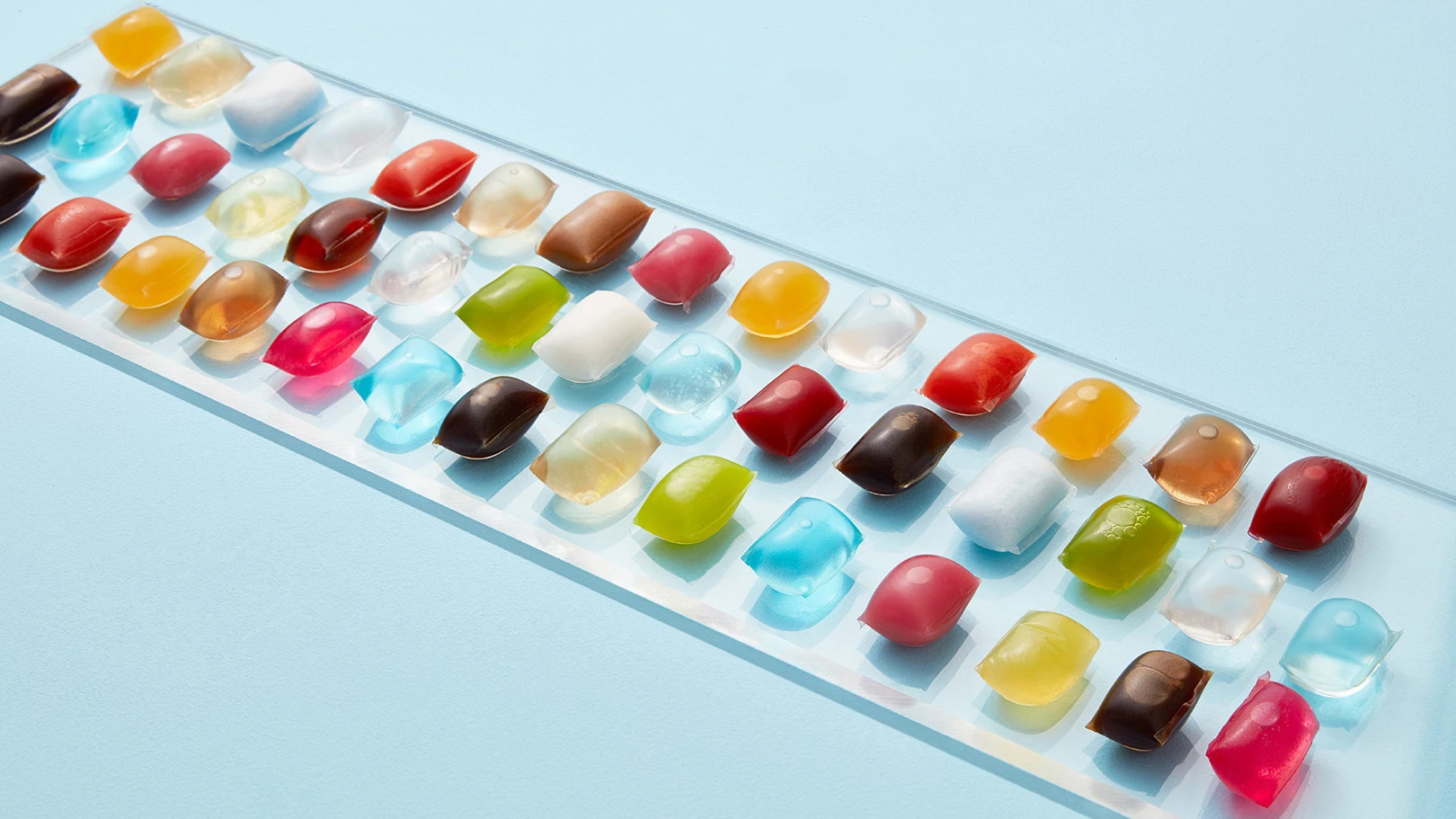
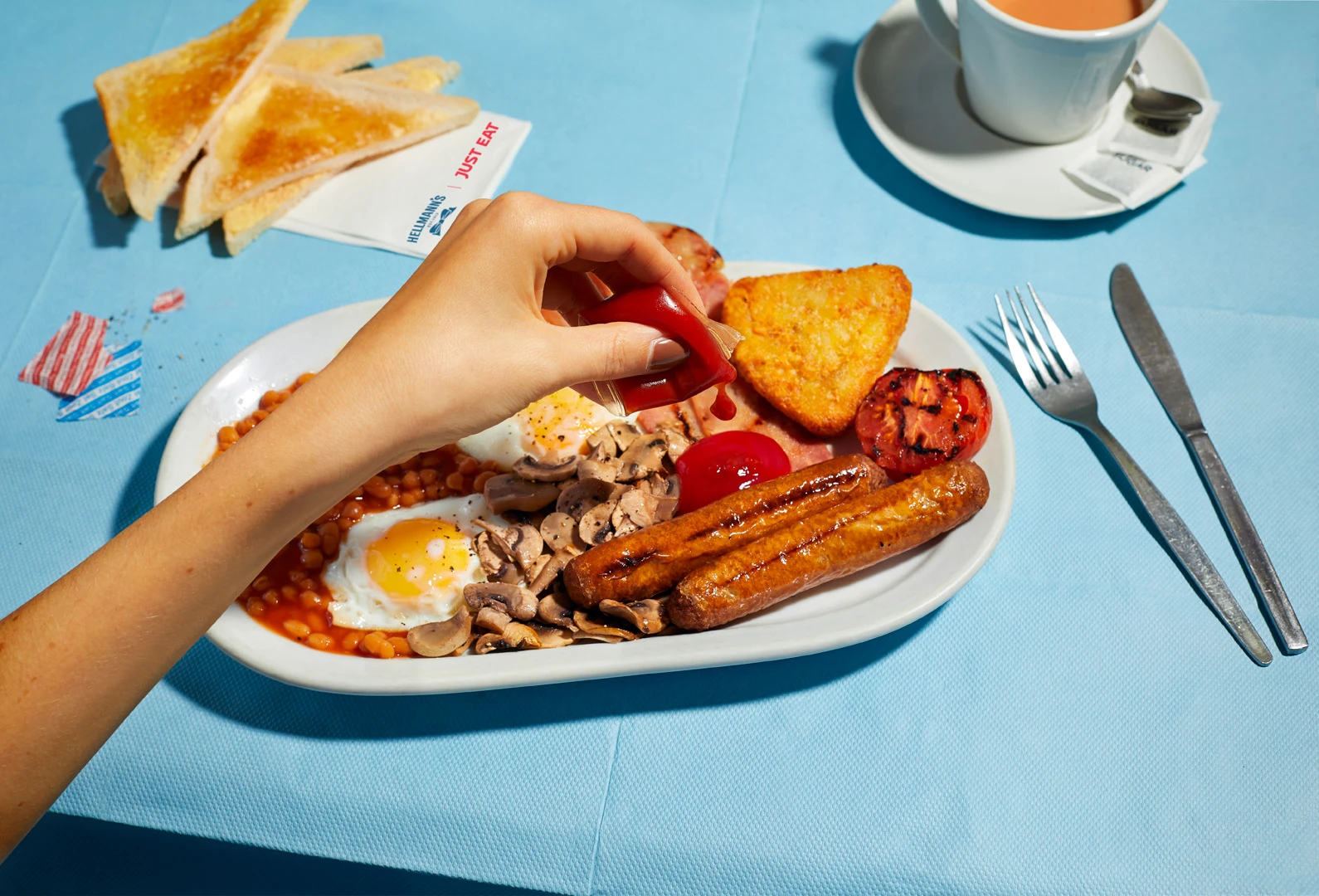
Like other companies making alternatives to plastic packaging, Notpla says that the landscape has radically changed since it began in 2013, as plastic pollution has become a mainstream concern. “Consumers have become not just aware but emotionally connected with the issue,” Paslier says. Companies, in response, are scrambling to find better solutions so their branded packages aren’t showing up in rivers or the Great Pacific Garbage Patch. “It’s great, because I think packaging has been very commoditized, and it was something that no one would talk about or care about,” he says. “And all of a sudden, it becomes something that people feel can either damage their brand, or give the wrong impression of what their values are. I think that they’re starting to realize that they need to really raise the game in terms of sustainability.”
Recognize your brand's excellence by applying to this year's Brands That Matters Awards before the early-rate deadline, May 3.
